Digital Field Trips
Can’t get here in person? No problem. If you have access to a computer with a camera, a wired high-speed internet connection, a large screen and sound, we can deliver a Digital Field Trip to you and your learners! Digital Field Trips are inquiry based and staff led. They are live, two-way, interactive virtual learning experiences. We can see and hear you, and you can see and hear us.
Visit our website for more information.
These Playlists include additional resources that accompany these Digital Field Trips. They are continuously being updated, so please check before and after your program for new resources.
Playlists
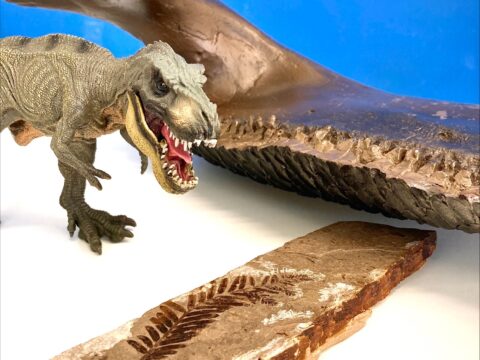
Dinosaurs! Adaptations and Habitats
Explore the different ways dinosaurs used their bodies to survive in their natural habitats millions of years ago. Through the inspection of plant and dinosaur fossils, students will discover how dinosaurs found food and interacted with their environments. They’ll even learn how animals on earth can give us clues about how dinosaurs looked and behaved.…

Gold Rush of BC
In 1858, when gold was discovered in the Fraser River, what is now known as British Columbia became a destination for hopeful miners from around the world. For every gold seeker who rushed here, there were factors that drove them from their homelands and dreams that enticed to a new and foreign place. The impacts…
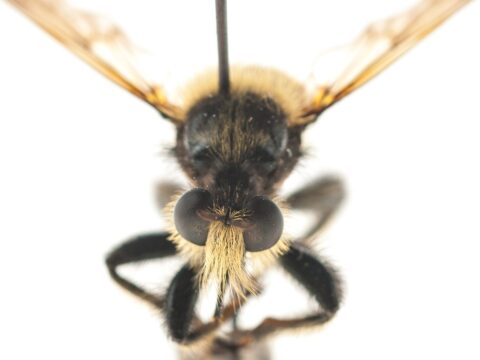
Investigating Insects
Get up close and personal with insects! Insect bodies and behaviours have a lot to teach us. Join us as we investigate insect specimens from the Royal BC Museum collections. Bring your curiosity for this interactive look into the world of Insects! For a post-visit extension for this Digital Field Trip try this insect-themed…
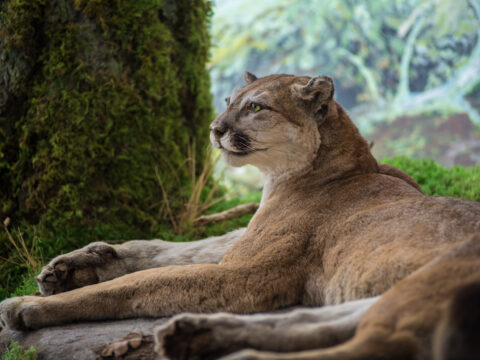
Amazing Adaptations
Plants and animals have features and behaviours that help them survive. Learn about some BC plants and animals and the amazing ways they survive and thrive in our local environments through this snapshot visit to the natural history gallery. Print off the Worksheet and Scavenger Hunt for each student before your digital field trip to…
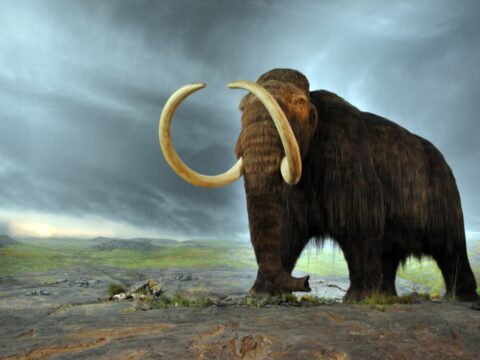
Meet the Mammoth
Learn about the Ice Age and the Woolly Mammoths who lived there. Using images, video and objects we will learn about how Woolly Mammoths adapted to survive in the Ice Age. There are lots of opportunities for questions and interaction. Pre-Activity: have your students grab a piece of paper and pencil and have them draw…
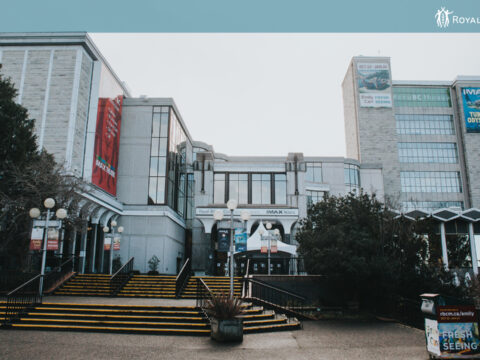
Indigenous Technology: Spindle Whorls – Past Program
Explore the spindle whorl as an important Indigenous tool and technology practised by First Nations' peoples in what is now known as British Columbia. While sharing and discussing the spindle whorl and weaving techniques, RBCM's Indigenous Learning Program Developer will highlight three to four weaving techniques practiced by BC First Nations’ artists with visual support…
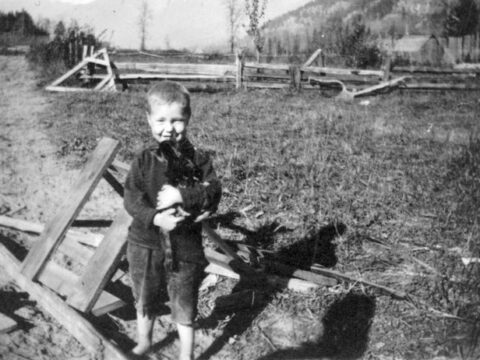
Home and Community – Past Program
British Colombia is home to people from diverse cultures, backgrounds, and perspectives. From farms to cities, people have adapted and developed communities to best fit their needs and wants. Digital Field Trips are inquiry based and staff led. We can adapt Digital Field Trips for different grade ranges, home learners, or for adult, senior, community-group…
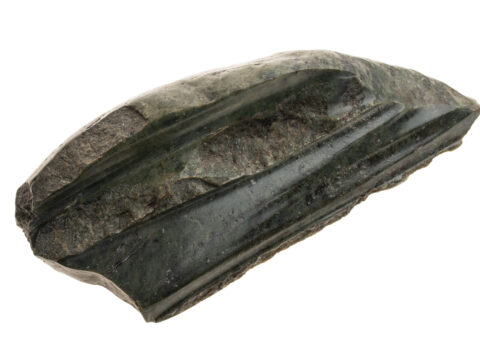
Think Like an Archaeologist – Past Program
Archaeologists use historical thinking and scientific methods to understand the past. This virtual, interactive learning program with a museum educator explores how archaeologists think and work in the field using images, videos and objects from the Royal BC Museum. Together we’ll explore what archaeology can teach us by practicing the inquiry, analyzing and communication skills…
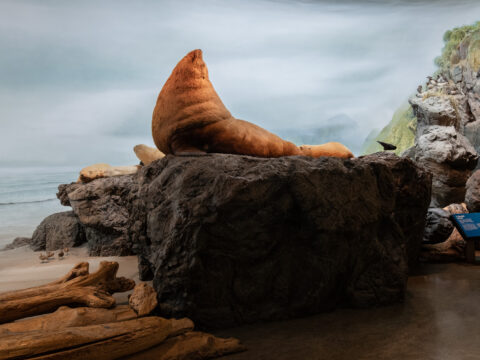
Natural History of BC – Past Program
BC is vast, and the diversity of plants and animals that live in this part of the world is equally vast. This 30-minute tour of the natural history gallery at the Royal BC Museum will travel back in time to meet woolly mammoths and leap forward to examine how our landscapes will shift as a…
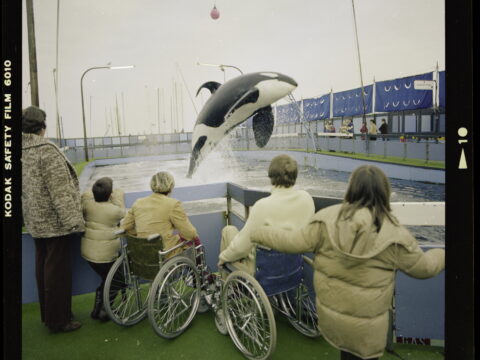
Orcas – Past Program
Learn more about the culture and behaviour of orcas with author Mark Leiren-Young in a Q&A style presentation. Digital Field Trips are inquiry based and staff led. We can adapt Digital Field Trips for different grade ranges, home learners, or for adult, senior, community-group or post-secondary audiences. Visit our website for more information. These Playlists include additional…
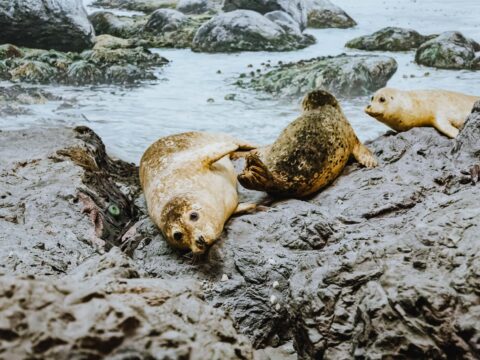
Diving Deep – Marine Mammals of BC – Past Program
If we dive deep into the waters off the coast of BC, we’ll find a world of sea mammals: whales, seals, sea lions, otters and dolphins. These intelligent and often social animals can tell us a lot about the ocean. In this tour, we will explore how they live, how they interact with each other,…

Art with Chrystal Phan
Between 1979 and 1980, Canada brought 60,000 refugees to this country from Vietnam, Laos and Cambodia. Of the 7,361 refugees who came to BC, three-quarters were Vietnamese. Artist Chrystal Phan’s family arrived on Canada’s west coast in the fall of 1980. Join Chrystal for a virtual visit where we’ll look at her family’s story, examine…
Entries

1In 1 playlists
Please print off one copy for each student before your digital field trip to use during the program.
Easier for printing in black/white.

1In 1 playlists
Meet the Mammoth Digital Field Trips Outline

Gold Rush of BC Digital Field Trip Outline

Dinosaurs! Adaptations and Habitats Digital Field Trips Outline

1In 1 playlists
Investigating Insects Digital Field Trip Outline

1In 1 playlists
Amazing Adaptations Digital Field Trip Outline

Freshly back From the Field, Join Dr. Victoria Arbour, curator of paleontology at the Royal BC Museum, for a look at what she and her team discovered this past summer in northern BC

1In 1 playlists
Can you put together an insect? We will be using this during the program.

1In 1 playlists
Please print off one copy for each student before your digital field trip to use during the program.

Overview of the the pre and post visit resources for the Art with Chrystal Phan Digital Field Trip

Narrate with the music using the script below. Allow enough time for the students to play and experiment with their movements in between lines of narration.
- You are a Hadrosaur playing in the forest
- Lean forward and walk on all fours as you trot between the trees
- The bright sunlight shines through the Dawn Redwood trees, and you start to get tired in the heat. It’s so hot!
- Use the claws on your back feet to dig in the dark, wet earth to find some water
- Take a big drink have a rest as you cool off

Narrate with the music using the script below. Allow enough time for the students to play and experiment with their movements in between lines of narration.
- You are Tyrannosaurus Rex walking through the forest
- You are crashing down trees as you move
- Let out a deep roar as you stomp
- Use your sharp teeth to pick up a smaller dinosaur in your teeth and shake it in your mouth
- It does not taste good, drop it on the ground
- Keep stomping around looking for something else to eat
- Smile with your big, pointy teeth
- The sun goes down and you curl up on the forest floor to fall asleep

Narrate with the music using the script below. Allow enough time for the students to play and experiment with their movements in between lines of narration.
- You are a tall sauropod, looking for lunch
- Walk slowly as you stretch out your long neck, looking over the trees for tasty leaves
- Choose a tree and chew the sweet, green leaves.
- Look around you on the ground at the little dinosaurs running around far below at your feet. Be careful as you walk not to step on any of them!
- It takes a lot of energy to move your heavy body, so you move slowly, slowly.

1In 1 playlists
Vocabulary List

1In 1 playlists
Practice your colour values

Colour in the Ferrisaurus sustutensis

Print, cut, and assemble this dino dice and move around like a dinosaur!

Vocabulary List

1In 1 playlists
How to hold your pencil for shading.

Join Steven Davies as he discusses how learning about First Nations technology and innovation enriches our knowledge of the land we live on.

1In 1 playlists
Colour in Woolly!
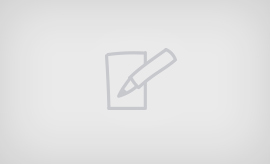
A walk through the natural history gallery at the Royal BC Museum reveals the stunning diversity and complexity of life in British Columbia.

In the summer of 2019, the Royal British Columbia Museum held the first iteration of the Indigenous Summer Arts Studio. This program was a revitalization of a previous carving studio that operated in Thunderbird park from 1952 to 2008. Each week showcased different featured artists and media, such as beadwork, carving, painting and cedar weaving.
The Indigenous Summer Arts Studio provided a space for Indigenous artists to learn from one another and share their work, talents and cultures with the public. Providing these opportunities for cultural exchanges was the core of this program.
Due to COVID-19, we were unable to host this program in subsequent summers. However, we have continued to find opportunities to share these artists’ talents.
In the summer of 2021, we began filming interviews and demonstrations with previous artist participants. Videos covered topics such as Métis beadwork, native plants, drum-making and more. While we know nothing can replace face-to-face interactions and conversations with artists, these videos will help you learn from Indigenous artists in new ways.
We hope that as you view these videos and learn from a number of past participants of the Indigenous Summer Arts Studio, you will gain a greater understanding of Indigenous culture as you witness it thriving today.

Curator of Archaeology Grant Keddie explains microblade technology. Find article here.


First Peoples Histories and Timeline in BC

Pictures and drawings of First Peoples fishing technologies

Pre and Post program activity

Look over this vocabulary list as an introduction or summary of the program.

1In 1 playlists
Bring this worksheet with you to your program.
Create a list of behaviors and body parts that a plant or animal has to help them survive.

This printable activity sheet is a great introduction or review of some themes covered in the Orca Digital Field Trip. Find the printable activity sheet here.

Do orcas have the rights of personhood? Try this debate activity in your classroom!

Michael Nicoll Yahgulanaas is a contemporary artist whose wide-ranging artistic practice explores themes of identity, environmentalism and the human condition. Influenced by both Haida iconography and contemporary Asian visual culture, he has created an artistic practice that crosses diverse cultures, generations, and disciplines in search of accessibility and engagement as a counterpoint to stratification and isolation.
His mural titled Orcinus Orca SKAAnaa is included in the Royal BC Museum feature exhibition Orcas: Our Shared Future, which presents the stories and science that surround the magnificent orca, spirit of BC’s wild coast and apex predator of all oceans.
Orcas: Our Shared Future weaves the currents of ecological interests, popular culture and Indigenous beliefs to gain a new appreciation of these sophisticated animals, long feared in Western cultures as “killer whales.”

Find Pathways and other content here that have a First Peoples, Indigenous Peoples theme.

2In 2 playlists
Find Pathways and other content here that have an Animal Studies (Zoology) theme.

Find Pathways and other content here that have a Natural Resource Use and Industry theme.

Educator Hannah Morales created this lesson about different Indigenous uses of plants native to the south coast of British Columbia. Seed Package Template.
You can find lesson plan here.

Educator Hannah Morales created this lesson that incorporates First Peoples principles of learning, science curriculum and birds. You can find lesson plan here.

Use video interviews from the Indo Canadian Sawmill Pioneer Family Oral History Collection Project as educational tools. You can find lesson plan here.

Find Pathways and other content here that have a Diverse Communities/Multiculturalism theme.

These learning plans were created by Open School BC to support the new primary Social Studies and English Language Arts curricula. They include First Nations content by using curatorial objects, historical photographs and picture books.
You can find the Module here.

1In 1 playlists
Curator of Archaeology Grant Keddie writes about the megafauna (large animals) that lived during the last Ice Age.

